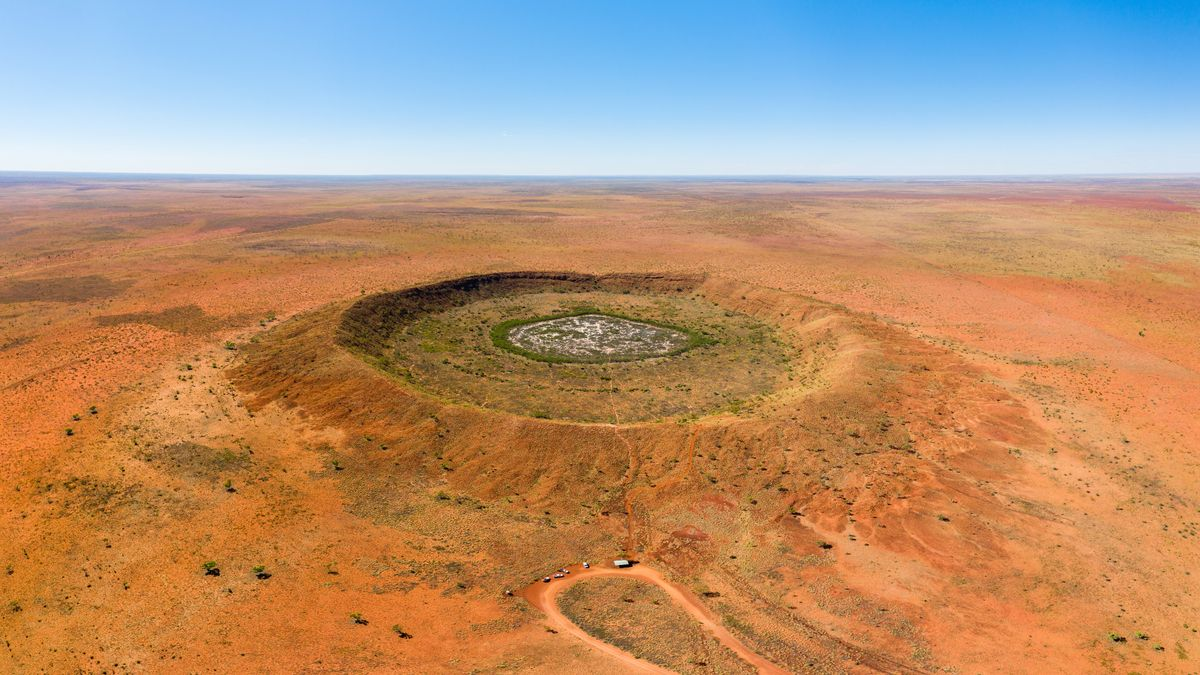Throughout Earth’s long history, our planet has been bombarded by meteors and asteroids from space. While most of these rocky objects burn up harmlessly in the atmosphere, occasionally a large meteor survives the fiery descent and slams into the ground, leaving behind a massive crater. These impact sites provide a fascinating window into astronomical events that have shaped our world.
In this article, we’ll explore the top 12 largest meteor craters on Earth. These awe-inspiring geological wonders are scattered across the globe, from the barren deserts of Africa and Australia to the frozen wastelands of Siberia. Each crater has its own unique story and features that make it a testament to the raw power of cosmic impacts.
By studying these craters, scientists can gain valuable insights into the frequency and effects of major meteor strikes. Understanding this information is crucial as we work to protect our planet from potential future impacts that could pose a risk to life on Earth. So let’s dive in and discover the stories behind the scars left by these ancient visitors from the heavens.
Vredefort Crater – South Africa
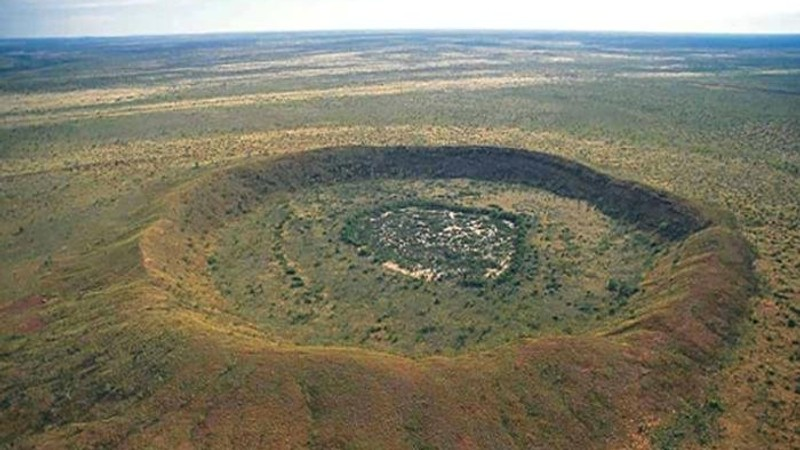
Located in the Free State Province of South Africa, the Vredefort Crater is the largest verified impact crater on Earth. Formed around 2 billion years ago, this immense crater has a diameter of roughly 300 kilometers (190 miles). However, much of the original crater structure has eroded away over the eons, leaving behind a complex geological structure known as the Vredefort Dome.
The impact that created Vredefort is estimated to have released energy equivalent to millions of nuclear bombs, causing devastating global effects. The asteroid that struck here is thought to have been over 10 kilometers (6 miles) wide. Today, the Vredefort Dome is a UNESCO World Heritage Site recognized for its geologic significance and the valuable insights it provides into Earth’s distant past.
Chicxulub Crater – Mexico
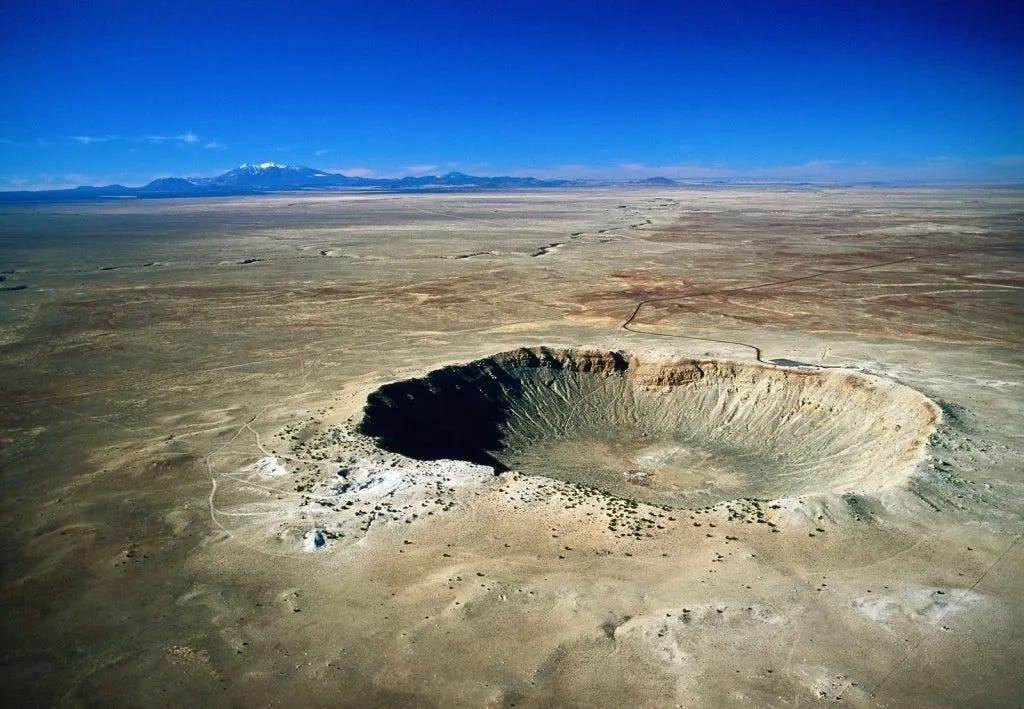
The Chicxulub Crater, located on the Yucatan Peninsula of Mexico, is one of the most famous impact sites in the world. That’s because this crater is linked to the mass extinction event that wiped out the dinosaurs around 66 million years ago. The asteroid that created Chicxulub is estimated to have been at least 10 kilometers (6 miles) in diameter.
When it struck, the impact released as much energy as 100 trillion tons of TNT, triggering global wildfires, mega-tsunamis, and a prolonged impact winter that doomed the dinosaurs and many other species to extinction. The crater itself is around 180 kilometers (110 miles) wide and is buried under layers of rock and ocean sediments.
Sudbury Basin – Canada
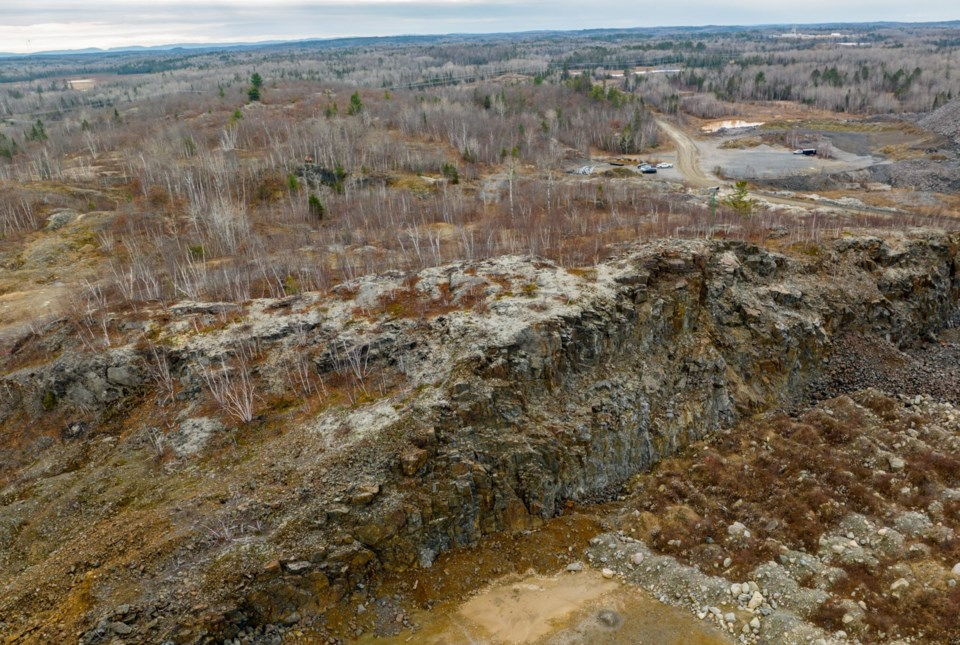
The Sudbury Basin in Ontario, Canada is the remnant of a meteor crater formed 1.85 billion years ago. The original crater is estimated to have been around 260 kilometers (160 miles) in diameter, but erosion has worn away much of the structure over time. The impact here was so powerful that it brought material from the Earth’s mantle up to the surface.
Interestingly, the Sudbury Basin is one of the richest mineral deposits on the planet, thanks to the unique geological conditions created by the ancient impact. The area is mined extensively for nickel, copper, palladium, and other valuable metals. Some scientists theorize that the Sudbury impact may have caused a global ice age and mass extinction during the Paleoproterozoic era.
Popigai Crater – Russia
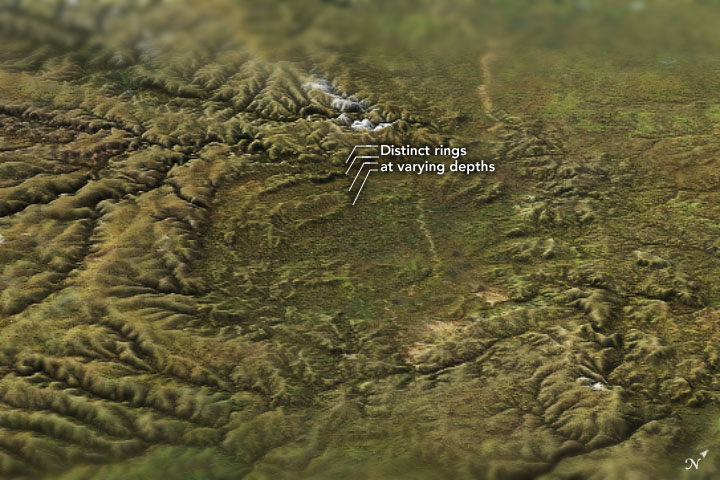
Popigai Crater is located in a remote part of Siberia, Russia. It is one of the largest and best preserved meteor craters on Earth, with a diameter of around 100 kilometers (60 miles). The crater formed around 35 million years ago when an asteroid roughly 8 kilometers (5 miles) wide slammed into the ground.
The impact unleashed energy equivalent to millions of nuclear bombs and created unique geological features like tall ridges of uplifted rock in a circular pattern around the center of the crater. The Popigai site is also noteworthy for hosting trillions of carats of “impact diamonds” created by the intense pressure of the meteor’s collision.
Manicouagan Crater – Canada

Quebec’s Manicouagan Crater is one of the most visually stunning impact sites on the planet. Often described as the “eye of Quebec,” the crater contains a ring-shaped lake with a lush, forested island in the center. The crater has a diameter of around 100 kilometers (60 miles) and was created by an impact 215 million years ago.
The lake that fills the crater today is actually a reservoir, created when the Daniel-Johnson Dam was built in the 1960s. Manicouagan provides an excellent example of how erosion can alter the appearance of craters over time, wearing away many of the original surface features. Still, the area’s unique geography attests to its explosive origins.
Acraman Crater – Australia

The Acraman Crater in South Australia is one of the country’s lesser known impact sites. It is also one of the oldest, with an estimated age of around 580 million years. The crater originally had a diameter of around 90 kilometers (56 miles) but has been heavily eroded over hundreds of millions of years.
In fact, the only visible remnant of Acraman today is a ring-shaped lake called Lake Acraman. Geological surveys of the area reveal cracked and melted rock layers and the presence of unique minerals associated with cosmic impacts. The Acraman strike occurred at a fascinating time, slightly predating the Cambrian Explosion – the sudden emergence of complex animal life on Earth.
Morokweng Crater – South Africa
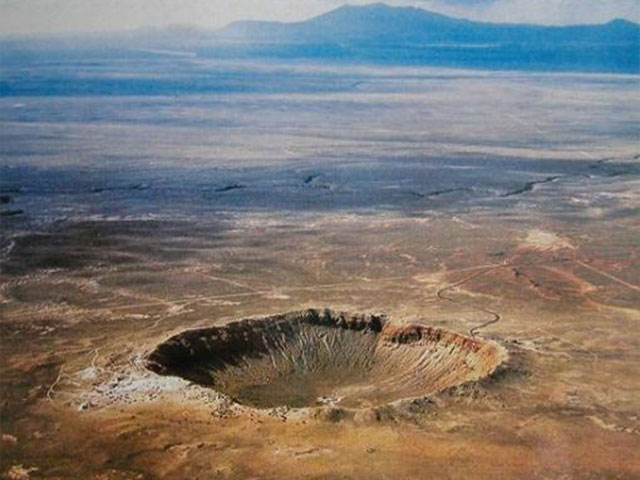
Morokweng is another giant impact crater located in South Africa, not far from the famous Vredefort structure. The crater was formed by a meteor impact around 145 million years ago and has an estimated diameter of 70 kilometers (43 miles). Like many other craters, Morokweng has been substantially eroded.
However, the site is notable for the presence of a magnetic anomaly and dense rock layer deep underground that are believed to be remnants of the original crater floor. Drilling at Morokweng has recovered meteorite fragments that contain rare amino acids, fueling scientific interest in the possibility of organic compounds delivered by asteroid impacts.
Kara Crater – Russia
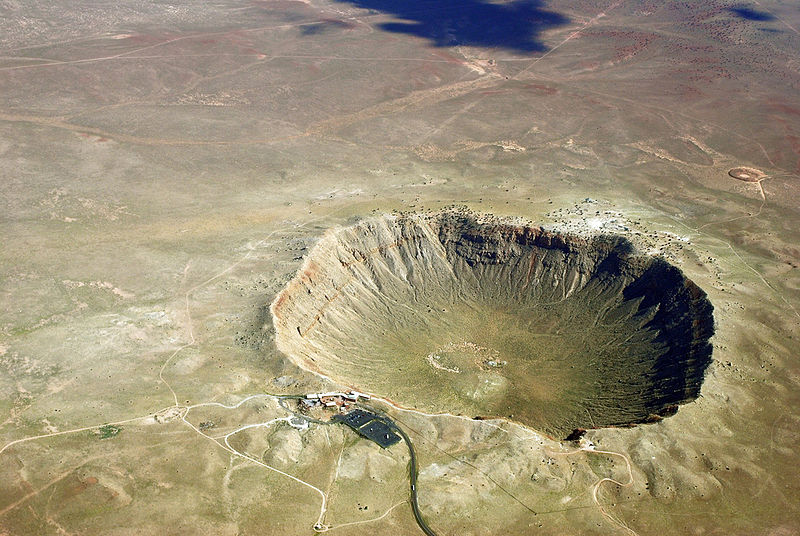
The Kara Crater is an impact structure located in a remote part of northern Russia. It is estimated to be around 70 million years old and 65 kilometers (40 miles) in diameter. The crater is actually one of a pair of adjacent impact structures, the other being the smaller Ust-Kara Crater with a diameter of around 25 kilometers (16 miles).
Scientists believe these craters may have been formed by a binary asteroid impact, where two space rocks struck the Earth in quick succession or simultaneously. The area around the Kara Crater is rich in impact-related minerals and micro-diamonds. Interestingly, some researchers have proposed a link between the Kara impact event and the later Cretaceous-Paleogene extinction, but this idea remains controversial.
Yarrabubba Crater – Australia
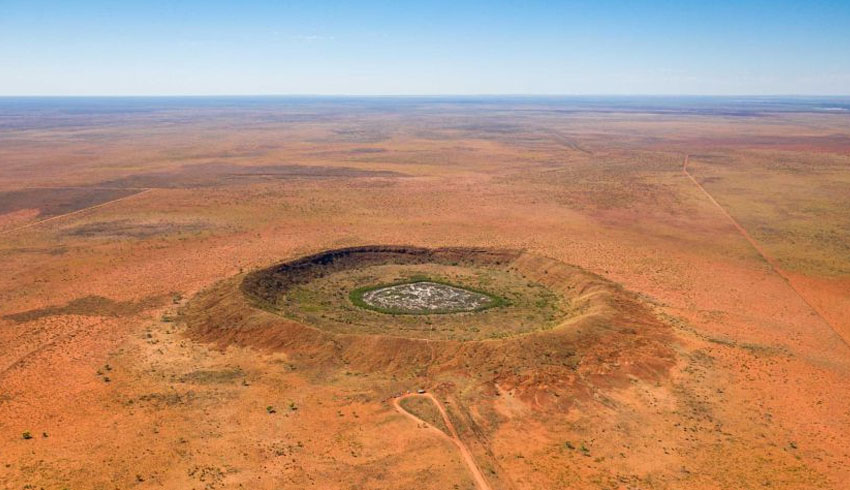
Yarrabubba Crater in Western Australia is considered the oldest precisely dated meteor crater on Earth, with an age of around 2.23 billion years. The original crater is estimated to have been between 30 and 70 kilometers (18-43 miles) in diameter, but erosion has obscured much of the structure over the eons.
Despite its age, geological analysis has revealed clear signs of impact at Yarrabubba, including shocked minerals and elevated levels of rare elements associated with meteorites. Some scientists have proposed that the Yarrabubba impact may have ended a global ice age during the early Proterozoic era, highlighting the dramatic climate effects that large meteor strikes can have.
Gosses Bluff Crater – Australia

Gosses Bluff Crater, also known as Tnorala to the indigenous Western Arrernte people, is a highly eroded impact structure in Australia’s Northern Territory. The crater has an age of around 142 million years and an estimated original diameter of 22 kilometers (14 miles). Today, the visible remnant of the crater is only around 5 kilometers (3 miles) across.
The geology of Gosses Bluff is complex, with a central ring of hills surrounded by a broader plateau of uplifted rock layers. The crater has spiritual significance to the Western Arrernte, who consider it a sacred place. Scientific drilling has uncovered evidence of the meteorite that created Gosses Bluff, a rare type of stony-iron meteor known as a pallasite.
Lonar Crater – India

India’s Lonar Crater stands out as one of only a handful of impact craters on Earth that were formed in basaltic rock. Most other craters are found in sedimentary or crystalline terrains. Lonar has a diameter of around 1.8 kilometers (1.1 miles) and is estimated to be around 50,000 years old, making it the youngest crater on our list.
The crater contains a highly saline lake that supports unique ecosystems of salt-tolerant microbes and aquatic life. The lake has a high pH level, similar to soda lakes in other parts of the world. Lonar Crater is also notable for its significant role in the religious and cultural traditions of nearby communities, with several temples located along the crater’s rim.
Monturaqui Crater – Chile
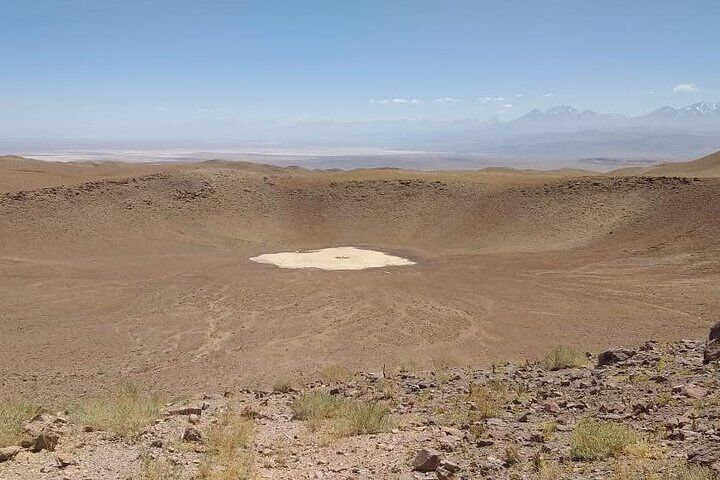
The Monturaqui Crater is a small but significant impact site located in Chile’s Atacama Desert, one of the driest places on Earth. The crater has a diameter of around 460 meters (1,510 feet) and an estimated age of less than a million years, making it a relatively fresh impact feature.
Monturaqui is notable for its excellent state of preservation in the arid desert environment. The crater walls still show clear signs of the powerful shock waves that rippled through the ground at the moment of impact. Because of its remote location and favorable conditions, Monturaqui has been used as a test site for Mars exploration technologies and a training ground for astronauts.
Conclusion
The meteor craters we’ve explored in this article are more than just geological oddities – they are stark reminders of the immense forces that shape our planet and the solar system as a whole. From the cataclysmic event that doomed the dinosaurs to impacts that may have altered Earth’s climate and changed the course of evolution, these craters bear witness to crucial moments in our world’s long history.
As we continue to study these impact sites with advanced scientific tools and methods, we can gain new insights into the frequency and potential effects of future meteor strikes. This knowledge is vital as we work to understand and mitigate the risks posed by near-Earth asteroids.
At the same time, meteor craters offer unique environments for specialized lifeforms and geological processes, providing valuable opportunities for research and discovery. They also serve as natural wonders that inspire awe and curiosity, drawing visitors from around the globe.
By appreciating the stories and lessons contained in these giant scars on our planet’s surface, we can deepen our understanding of Earth’s place in the cosmos and our role as stewards of this fragile oasis we call home. The next time you have a chance to visit one of these incredible meteor craters in person, take a moment to reflect on the awesome power of the universe and the remarkable resilience of life on Earth.

